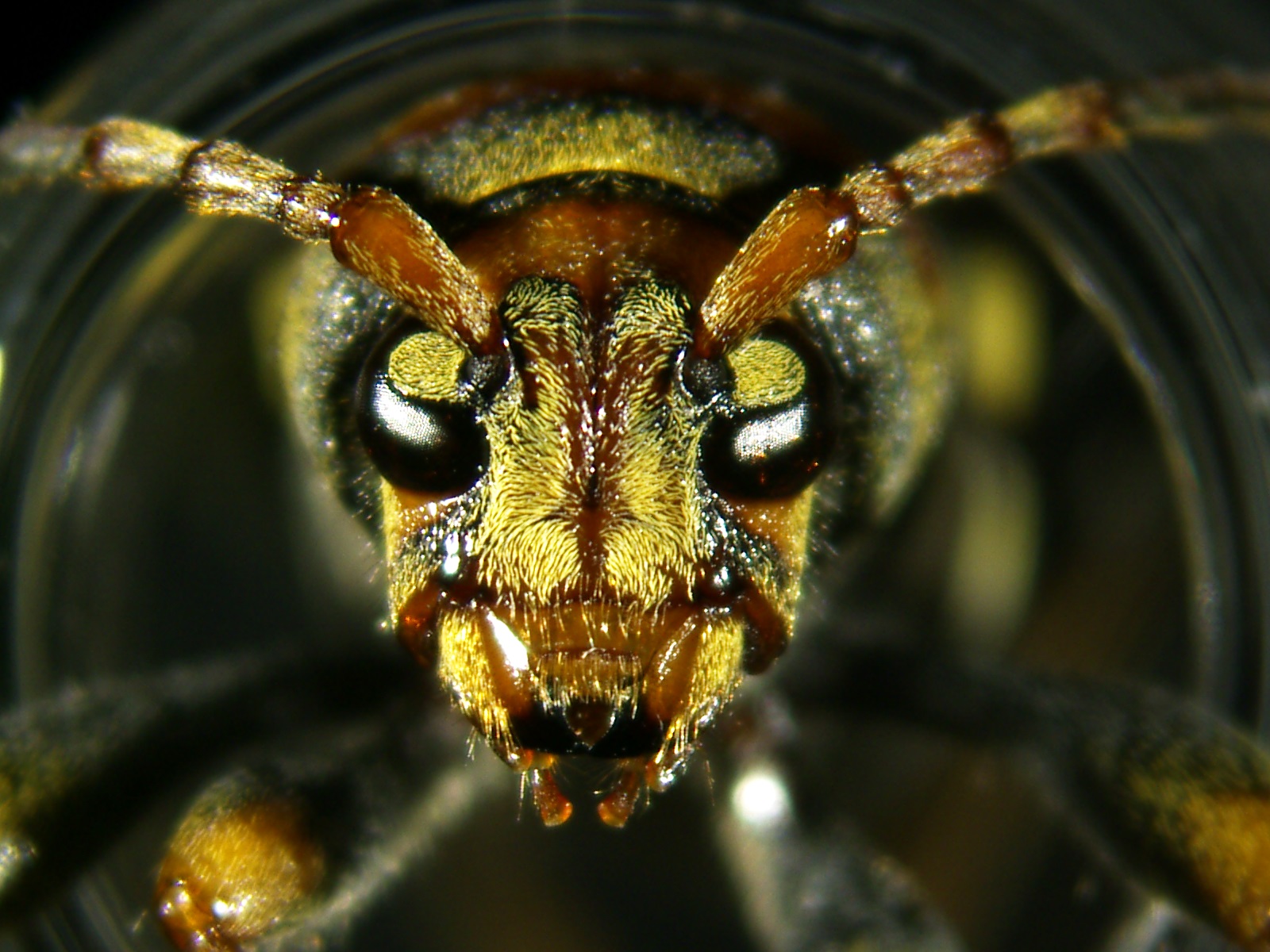New study shows promising detection method for alien cerambycid beetles
Being able to detect the presence of invasive species upon their arrival at ports of entry before they establish in non-native countries is an urgent challenge. A new study on alien cerambycid beetles published in the journal NeoBiota, involving ICTA-UAB researcher, entomologist Victor Sarto i Monteys, demonstrates the potential of multipheromone lures as effective tools for detecting these “unexpected” invaders accidentally translocated outside their native rages.

In Spain, an invasive species of this type of beetle from Asia, Xylotrechus chinensis, has been attacking mulberry trees for nearly a decade, causing significant damage and subsequent death of the trees in both public and private spaces.
The article entitled "Worldwide tests of generic attractants, a promising tool for early detection of non-native cerambycid species" presents the results of a worldwide field trial programme conducted between 2018 and 2021, using traps baited with a standardized 8-pheromone blend, usually complemented with plant volatiles. It is worth noting that some invasive species were captured both in their native distribution area and in the regions they invaded.
A total of 1,308 traps were deployed across 302 sites in 13 European countries, 10 Chinese provinces, and various regions in the USA, Canada, Australia, Russia (Siberia), and the Caribbean (Martinique). The research team consisted of 40 scientists from around the world, including Dr. Victor Sarto i Monteys from ICTA-UAB.
Rapid progress in identifying semiochemicals for cerambycid beetles over the past 15 years have revealed that aggregation-sex pheromones and sex pheromones are often conserved at global levels for genera, tribes, or subfamilies of the Cerambycidae. This discovery paves the way for the development of generic attractants which attract multiple species simultaneously, especially when such pheromones are combined into blends. The addition of new pheromones with well-conserved analogous motifs is discussed, and the limitations of using such blends are acknowledged, particularly for certain cerambycid taxa that may be more attracted to trap colour or other characteristics rather than the chemical blend itself.
The journal NeoBiota specializes in biological invasions, specifically focusing on the ecology, evolution, and biogeography of non-indigenous aquatic and terrestrial animals, plants, fungi, and microorganisms, as well as the mechanisms driving the introduction, establishment, and spread of these species. It also covers the ecological, evolutionary, economic, and other consequences of biological invasions and the management of invasions worldwide. The journal strongly encourages the submission of papers on ethical, social, legal, and policy issues related to biological invasions.